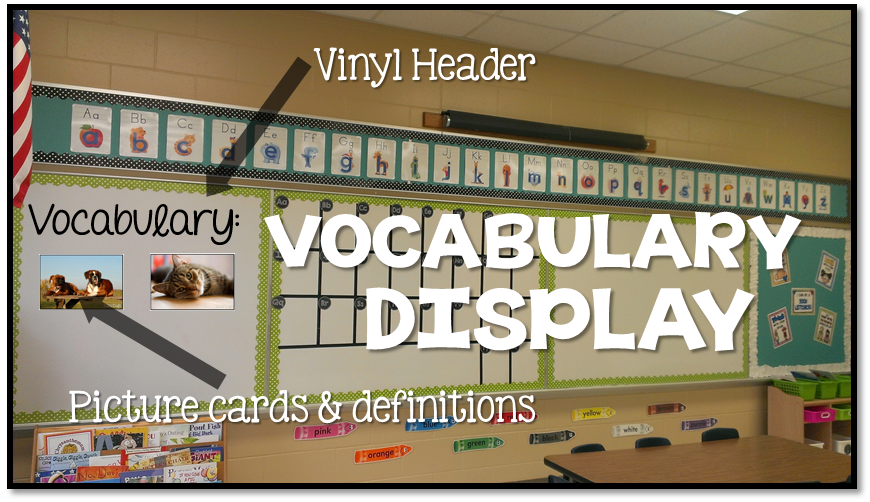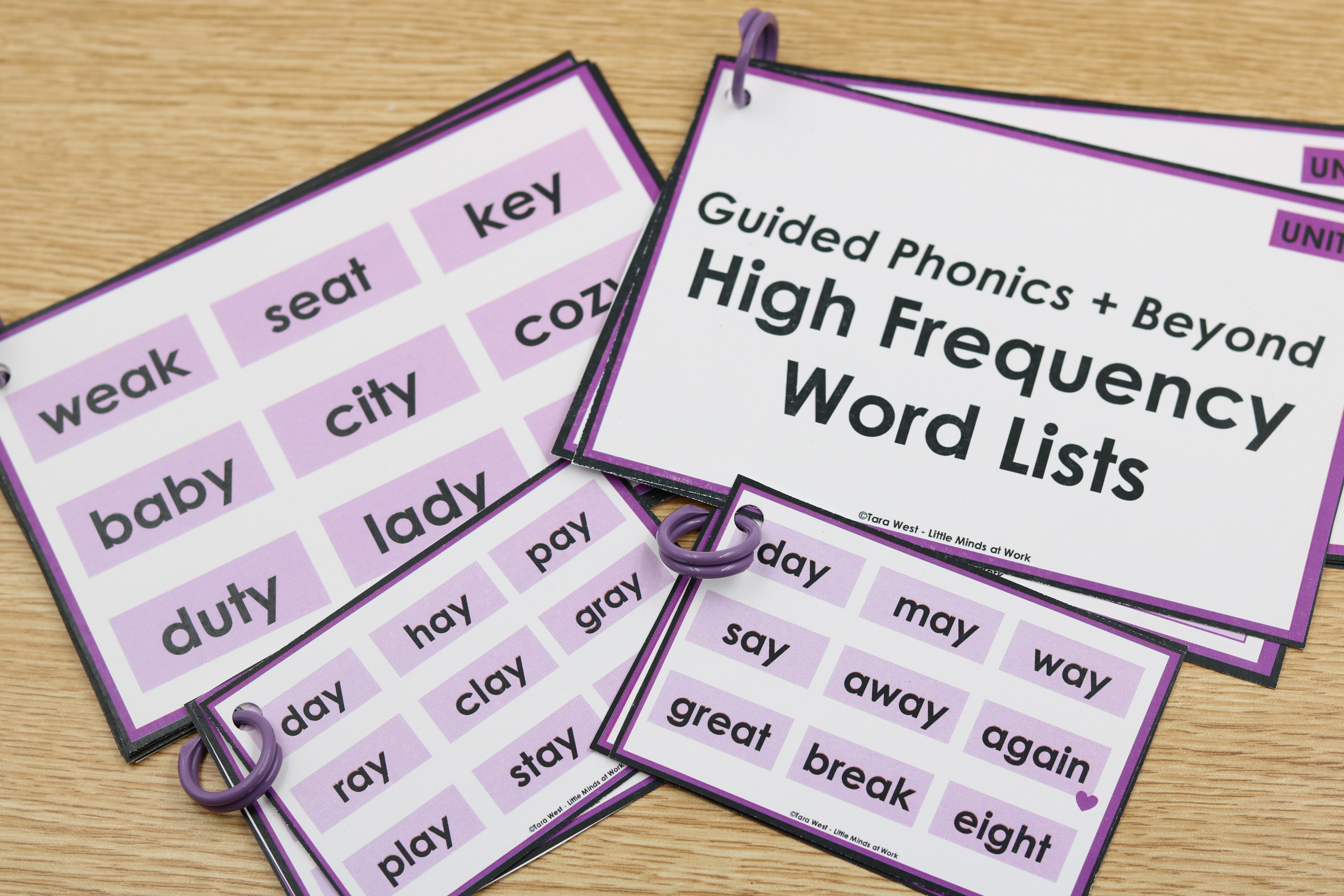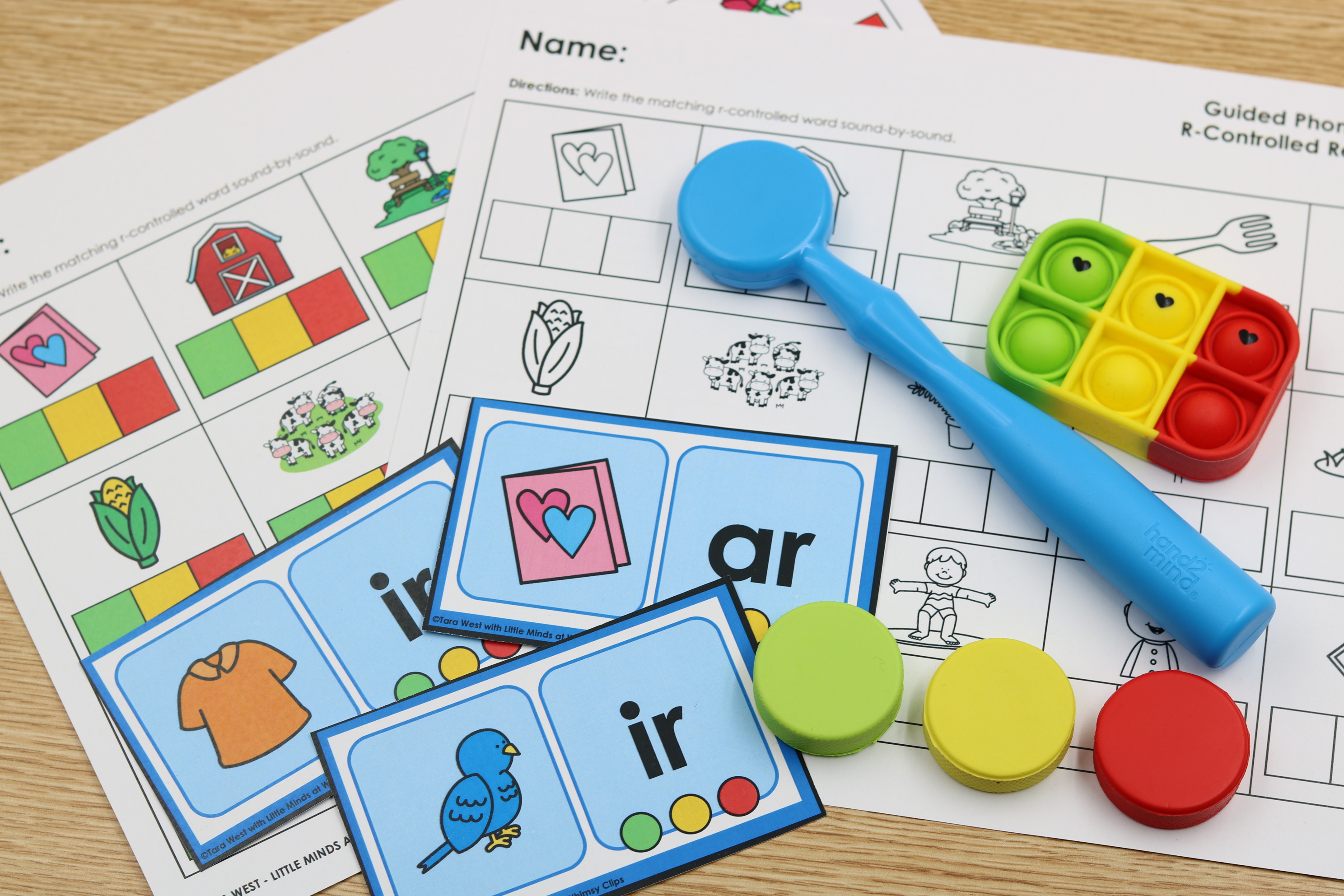Hello, passionate educators and literacy leaders! As you know, phonics instruction is...
Welcome friends to the beginning of our book study on, Close Reading in Elementary School.
Lyndsey from A Year of Many Firsts and I are so excited to get this book study started!
We know that the “idea” of close reading can see overwhelming, but we hope to help your transition to close reads simple and painless with this book study! If you are looking for the book we will be using you can order it by clicking below! Also, if you are wanting an “instant” version you can also find the Google Play “ebook” version HERE.
Before I start in on the book study I know a lot of you are either just hearing the buzz about close reading or have started to get you feet, but would like to learn even more! Well, I never thought about recording myself doing a close read lesson…and since I don’t have a classroom of kiddos at this time I found a video instead! I am not familiar with this site so I hope you can get the video to load. You might need to download quicktime if you don’t already have it! Once you get it started, its a fabulous video! This teacher shows you just how EXCITING close reading in K can be! The vocabulary chart she has is exactly what I have mentioned using on day two in my lessons. Click below video below to view! 🙂
Chapter one is all about text complexity! I feel the book gets right to it at the very beginning of the book when they write about how we now know that students must read complex texts. However, after we implemented that we quickly realized there was a gap in student’s understanding the complex text we were reading or they were reading independently.
So let’s take this to my classroom. Every since the Common Core was first introduced my district dove right in…this will be our fourth year teaching to it so I’ve heard about complex texts. I know when we purchased our basal with the huge COMMON CORE ALIGNED sticker on the front I immediately thought, “Oh awesome! I don’t have to worry about finding my own complex texts because this company already did it for me!” Yeah, yeah you are probably laughing at me..because as you know I quickly realized that wasn’t the case! My basal whole group read aloud texts sounded something like this {yes I am exaggerating a little…only a little!}…. I like the dog. The dog can smell. I can smell too. I like the cat. The cat can meow. I can meow too. Well there wasn’t any “meat” or complexity to it so how could I really help prepare my Kindergartners so they wouldn’t have that “gap” in complex texts? So, what do you do? Two words…come on shout them with me- CLOSE READS!
I am not against reading books for fun! I think that is awesome and I know how important it is to show our students the love of reading by demonstrating our own love for reading! However, when it comes to reading instruction I feel text complexity is vital. The text states, “The goal of reading instruction is to teach students to construct meaning from a text, and student ability-or inability- to construct meaning from challenging text is key predictor of later achievement.”
I will reference more of read aloud close reads, as Lyndsey will focus more on the student led close reads. So, in my case it’s up to me to choose texts to read to my students that are FUN, COMPLEX, and MEANINGFUL!
Let’s get into how to go about determining the text complexity of the books you are reading aloud to your students, or they are reading independently!
The common core has utilized the triangle model that focuses on these three major areas;
Up first is quantitative! The text states that when we are looking at the quantitative indicators all can be measured, which makes them most easily identifiable rating of how complex a text it. Basically, if you wanted you could “count” any of the following indicators…How many of this? How many of that? The quantitative indicators are;
Word Length: How many syllables are in the word? Does a word need a special consideration because of it’s difficulty?
Word Frequency: Focusing on the vocabulary within the text..are they unique words? Does a word have given context clues to determine it’s meaning or is the student left on their own to define the word.
Sentence Length: Are the sentences shorter? Or, are the sentences longer requiring more concentration of the sentence components.
Text Cohesion: Are the sentences cohesive into forming paragraphs allowing the text to be more easily read and understood?
Now moving onto to the qualitative indicators! Unlike the previously listed quantitative indications the following can be “counted” Yet, these indicators must be looked as though you are searching for the “quality” within the story. The qualitative indicators are;
Genre: Is it a fiction story in which the reader when explore multiple characters, settings, and problems along the read? Or, is the reader listening to a nonfiction text that lists off multiple characteristics of one subject.
Writing Style: How has the author written the text? Does the text flow in a way the reader can easily understand the meaning?
Sentence/text complexity: Is the book of a primary sentence complexity or does the text include compound sentences or complex sentences?
Non-literal language: Will the students be introduced to figurative language?
Explicit versus implicit themes/ideas: Are the themes expressed explicitly?
Lastly, is reader tasks! Acknowledging that only the teacher can determine if the test is appropriate for the student! The reading and task indicators are;
Background knowledge/Prior knowledge/schema: What does your student already know about this subject? Are the familiar or is it completely new to them?
Student interest in the topic: If the reader is interested in the text they can handle a more complex text.
Student motivation: We all know that if a student is lacking a motivation it will greatly impact their understanding of the text.
I found the following text from within the book to be profound, “The reader- not the text- ultimately determines text complexity.” -Diana & Betsy Sission 2014
In the text it is mentioned to first determine the grade level band of the text using the above quantitative measures. The text goes on to say that next you will implement the qualitative measures within the grade level band. Last, you will use your best teacher judgement to decide if the reader and task are appropriate. Now for some fun….deciding if you read aloud is complex!
Up first is an excellent FREE resource in helping you to determine the quantitative measures! The Lexile Framework for Reading is a free search engine that will give you and instant lexile level for your read aloud. You will look for the “quick book search” box to get started. Below you will see my results for two read alouds I use for my close read lessons. You will see both fall with the average K-2 range. However, it should be known that I will be reading the books aloud to my students…they will still be asked to understand and respond using evidence to this text.
When it comes to qualitative Achievethecore.org suggests that you should think of the text into four dimension of text complexity; meaning/purpose, structure, language, and knowledge/demands. The mention looking at your text and writing examples of how your text shows complexity or lack of complexity in each dimension. For more information on each dimenstion Achieve the Core offers this free download. Also, you can click on the sheet below to grab your freebie!
That wraps up chapter one! I’m not sure about you, but after reading chapter one I felt like I got SCHOOLED! haha…Every book starts with a lot of background and purpose! I promise it will get much more “in the classroom” soon! I wanted to go ahead and give you the book study schedule for the rest of the summer! You will notice that we will be “skipping” over chapter two on the book study, but please go ahead and read through that chapter on your own. It is great information on how close reading got started, but we know you are teachers and your time is limited! Our goal is to get you comfortable with close reads BEFORE the back to school craze!
If you are interested in seeing how I run a close read week in my classroom you can download my freebie fiction and nonfiction close reads found below!
I also have additional weeks in my close read bundle!
Be sure to head over to see Lyndsey at a Year of Many Firsts to check out her post on chapter one of the book study! It is great hearing two separate “views” of the book!
If you are joining us for the book study over at your blog feel free to grab the button and link up below!




